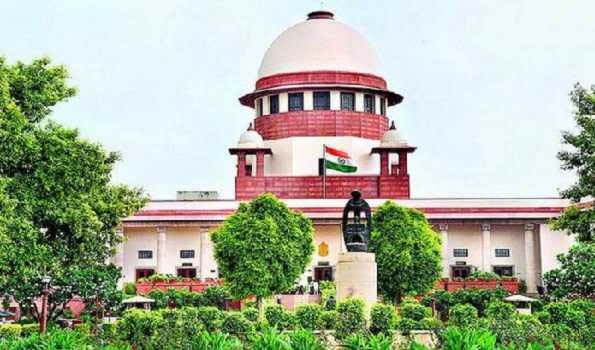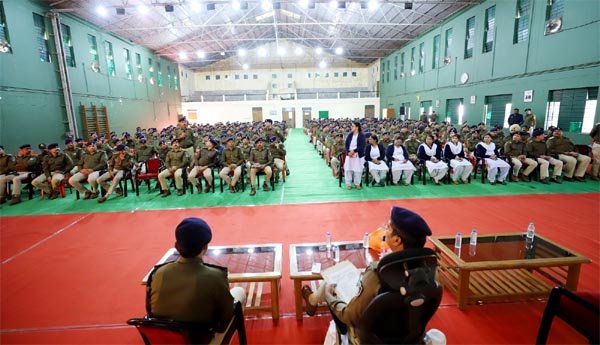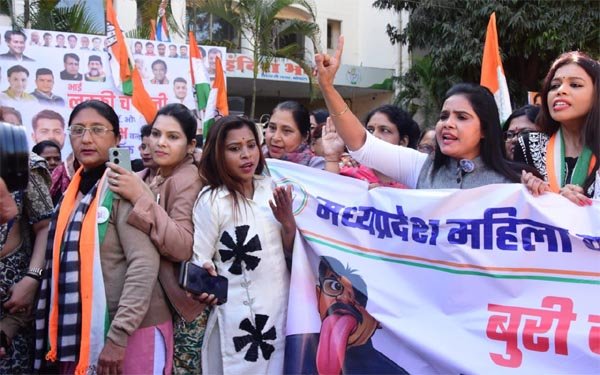New Delhi, May 29 (UNI) In a significant development, the Supreme Court of India is set to regain its full sanctioned strength of 34 judges with the appointment of three new judges, including two serving chief justices of high courts.
The oath of office will be administered by Chief Justice of India BR Gavai, tomorrow, May 30, at the Supreme Court premises.
The newly-appointed judges are Justice N.V. Anjaria, Chief Justice of the Karnataka High Court, Justice Vijay Bishnoi, Chief Justice of the Gauhati High Court, and Justice A.S. Chandurkar, senior judge of the Bombay High Court.
Their elevation was formally announced by Union Law Minister Arjun Ram Meghwal via a post on X (formerly Twitter), stating:
“In accordance with Article 124 of the Constitution, the President of India has appointed three distinguished judges to the Supreme Court.”
With these appointments, the Supreme Court will temporarily function at its full sanctioned strength of 34 judges (including the Chief Justice).
However, this complete bench will be short-lived, as Justice Bela M. Trivedi is scheduled to demit office upon her retirement on June 9, 2025.
Justice N.V. Anjaria: Known for his judicial acumen and administrative efficiency, he served as a judge of the Gujarat High Court before being elevated as Chief Justice of the Karnataka High Court. His tenure has been marked by progressive rulings and a focus on reducing case pendency.
Justice Vijay Bishnoi: Originally a judge of the Rajasthan High Court, he was appointed Chief Justice of the Gauhati High Court in 2024. His elevation brings representation from the northeastern region and adds to the Supreme Court’s regional diversity.
Justice A.S. Chandurkar: A seasoned judge from the Bombay High Court with wide-ranging experience in civil, constitutional, and administrative law, Justice Chandurkar is regarded for his clarity in judgments and deep legal scholarship.
This round of appointments is seen as significant not just for restoring numerical strength but also for their timing, coming ahead of Justice Trivedi’s retirement and multiple high court transfers and pending vacancies.
The elevation of two high court chief justices signals a continuation of the practice of promoting senior high court judges who have demonstrated administrative and judicial leadership.
With 29 high court recommendations still pending with the government, judicial appointments remain a key area of focus in the coming months, both in terms of filling vacancies and ensuring representation across regions and communities.











